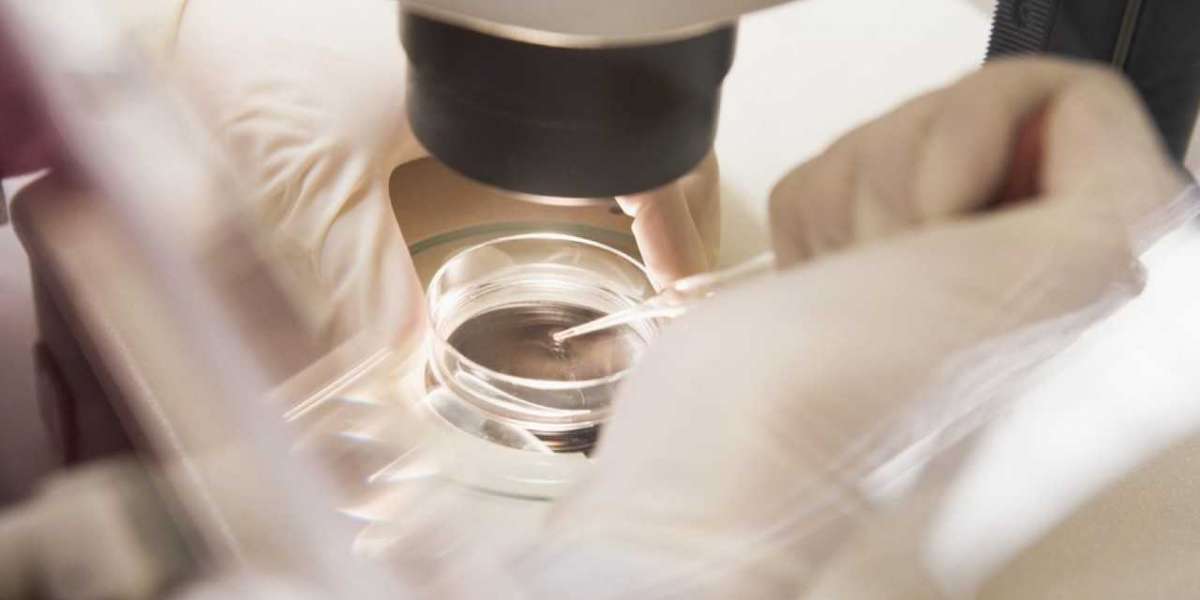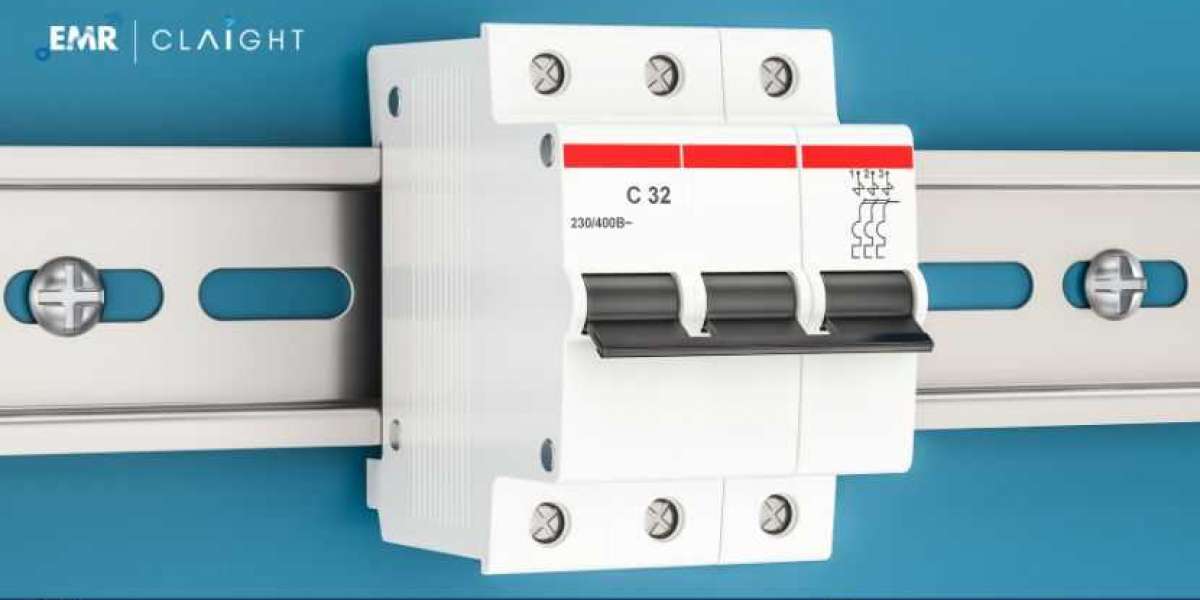The integration of robotics in healthcare is redefining how medical services are delivered, bringing remarkable changes in efficiency, precision, and accessibility. As robotic technologies continue to evolve, healthcare professionals are leveraging them to enhance patient outcomes, streamline workflows, and revolutionize the standard of care.
Top 5 Applications of Robots in Healthcare
Robotics in medicine is multifaceted and rapidly growing. Among the top five applications are:
Robotic Surgery – Assists surgeons with high-precision tools, enabling minimally invasive procedures.
Robot-Assisted Rehabilitation – Provides consistent, tailored therapy to patients recovering from strokes or injuries.
Telepresence Robots – Allow doctors to consult and monitor patients remotely, expanding care access to underserved areas.
Pharmacy Automation – Robots in pharmacies help dispense medication accurately, reducing the risk of errors.
Robot Nurses – Assist in routine patient care tasks like monitoring vitals, delivering medications, and supporting mobility.
These innovations are not just about automation but about augmenting human capabilities in healthcare environments.
Major Benefits of Robotics in Healthcare
The benefits of robotics in healthcare are substantial. Medical robots bring surgical precision that helps minimize complications and supports faster recovery. Their consistent performance in repetitive tasks—like medication dispensing and wound care—ensures reliability and reduces human fatigue. Additionally, robotic systems can monitor patients continuously, improving real-time response and resource utilization in busy healthcare settings.
Key Advantages of Medical Robots
Medical robots are transforming treatment outcomes. Their unparalleled accuracy enhances the safety and effectiveness of complex procedures. These robots support healthcare staff by handling labor-intensive tasks, freeing up time for more personalized patient interaction. Additionally, they offer round-the-clock service, significantly improving operational efficiency and patient care continuity.
Understanding the Disadvantages of Medical Robots
While promising, robotic systems also pose challenges. The disadvantages of medical robots include high implementation costs, which can limit their deployment to large or well-funded healthcare institutions. There are also concerns around machine malfunctions, the learning curve associated with operating such technology, and reduced human contact in patient care. Specific robotic surgery disadvantages can include longer preparation times and dependency on technology that, if compromised, may delay treatment.
The Future of Robotics in Healthcare
Looking ahead, the future of robotics in healthcare is likely to see deeper integration with artificial intelligence (AI), making diagnostics and treatments even more accurate and predictive. With continuous innovation, today's limitations—such as cost and reliability—are expected to be minimized. The future also holds the potential for robots to collaborate more seamlessly with healthcare teams, enhancing rather than replacing human roles.
Final Thoughts
The impact of robotics in healthcare is nothing short of transformative. While challenges such as cost and complexity remain, their potential to improve patient care, reduce errors, and make services more efficient is undeniable. As advancements continue, the balance between technology and human empathy will shape the next chapter in global healthcare delivery.
Latest Reports Offered By DelveInsight:
Anti-Neutrophil Cytoplasmic Antibody-Associated Vasculitis Market | Carcinoid Syndrome Market | Catheter Stabilization Devices Market | Chronic Smell And Flavor Loss Market | Clostridium Difficile Infections Market | Convulsive Seizures Market | Diabetic Gastroparesis Market | Endoscopic Ultrasound Market | Graves Disease Market | Hereditary Deafness Medical Device Market | Hypophosphatasia Market | Immune Thrombocytopenia Market | Impetigo Market | Intraocular Lymphoma Market | Langerhans Cell Histiocytosis Market | Liver Fibrosis Market | Mantle Cell Lymphoma Market | Metastatic Merkel Cell Carcinoma Market | Myotonic Dystrophy Market | Niemann Pick Disease Type C Market | Nonmuscle Invasive Bladder Cancer Market | Overactive Bladder Syndrome Market | Peanut Allergy Market | Pediatric Growth Hormone Deficiency Market | Pediatric Neuroblastoma Market | Pelizaeus-Merzbacher Disease Market | Peritoneal Carcinomatosis Market | Persistent Epithelial Defects Market | Pork Tapeworm Infection Market | Primary Hyperoxaluria Market |
Latest Reports:
https://www.delveinsight.com/sample-request/dense-deposit-disease-epidemiology-forecast
https://www.delveinsight.com/sample-request/dental-implants-pipeline-insight
https://www.delveinsight.com/sample-request/dermatomycoses-epidemiology-forecast
https://www.delveinsight.com/sample-request/dermatophytic-onychomycosis-epidemiology-forecast
https://www.delveinsight.com/sample-request/diabetic-gastroparesis-market
https://www.delveinsight.com/sample-request/diabetic-hypoglycemia-epidemiology-forecast
https://www.delveinsight.com/sample-request/diabetic-neuropathic-pain-dnp-market
https://www.delveinsight.com/sample-request/difelikefalin-emerging-drug-insight-and-market-forecast
https://www.delveinsight.com/sample-request/digestive-system-fistula-pipeline-insight








